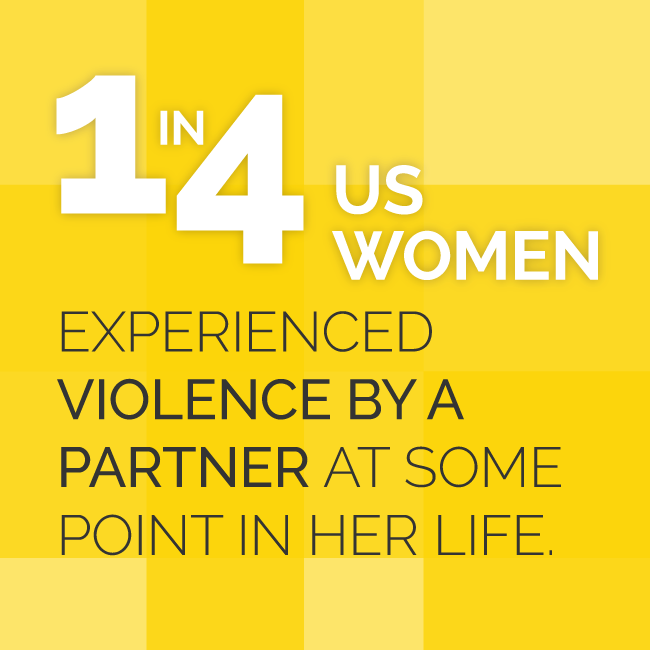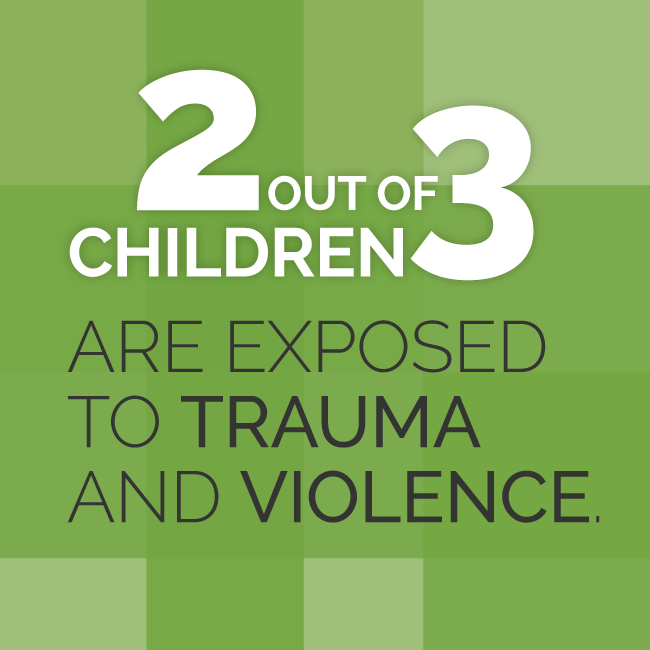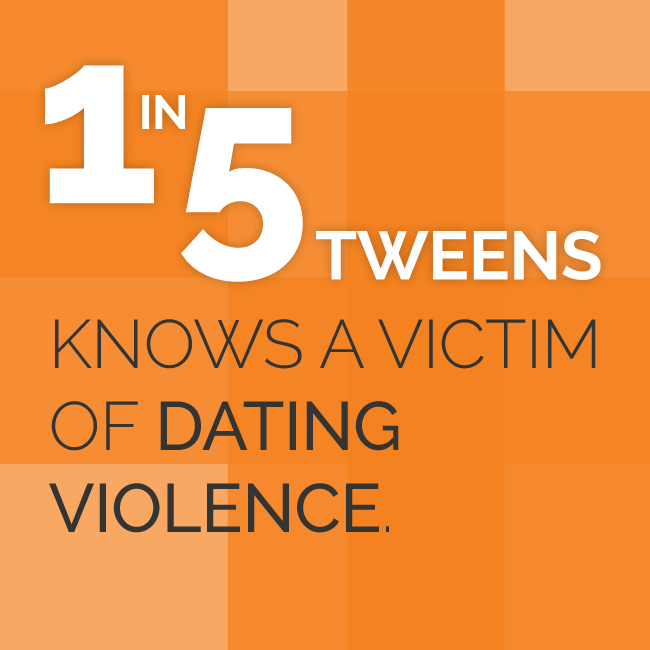Get the Facts
 Domestic, dating, and sexual violence are costly and pervasive problems in the U.S., causing victims, as well as witnesses and bystanders, in every community to suffer incalculable pain and loss.
Domestic, dating, and sexual violence are costly and pervasive problems in the U.S., causing victims, as well as witnesses and bystanders, in every community to suffer incalculable pain and loss.
Join us in the movement to create futures without violence for everyone!
Key Statistics
Sharable Social Media Graphics
Key Statistics
Domestic, Dating and Sexual Violence in the United States
- On average more than three women a day are murdered by their husbands or boyfriends in the United States.1
- Nearly one in four women in the United States reports experiencing violence by a current or former spouse or boyfriend at some point in her life.2
- Women are much more likely than men to be victimized by a current or former intimate partner.3 Women are 84 percent of spouse abuse victims and 86 percent of victims of abuse at the hands of a boyfriend or girlfriend. About three-fourths of the persons who commit family violence are male.4
- Women ages 20 to 24 are at the greatest risk of experiencing nonfatal intimate partner violence.5
Violence and Young People
- 15.5 million children in the United States live in families in which partner violence occurred at least once in the past year, and seven million children live in families in which severe partner violence occurred.6
- In a single day in 2008, 16,458 children were living in a domestic violence shelter or transitional housing facility. Another 6,430 children sought services at a non-residential program.7
- Approximately one in three adolescent girls in the United States is a victim of physical, emotional or verbal abuse from a dating partner – a figure that mirrors victimization rates for other types of violence affecting youth.8
Consequences of Violence
- Women who have experienced domestic violence are 80 percent more likely to have a stroke, 70 percent more likely to have heart disease, 60 percent more likely to have asthma and 70 percent more likely to drink heavily than women who have not experienced intimate partner violence.9
- In the United States in 1995, the cost of intimate partner rape, physical assault and stalking totaled $5.8 billion each year for direct medical and mental health care services and lost productivity from paid work and household chores.10 When updated to 2003 dollars, the cost is more than $8.3 billion.11
Prevalence of Violence Against Women Globally
- The United Nations Development Fund for Women estimates that at least one of every three women globally will be beaten, raped or otherwise abused during her lifetime. In most cases, the abuser is a member of her own family.12
Fact Sheets by Topic
Domestic, Sexual and Dating Violence
Children, Youth, & Teens
Engaging Men
Global Violence Prevention
Health
Policy & Advocacy
Workplace Safety & Inequality
1. Catalano, Shannan. 2007. Intimate Partner Violence in the United States. U.S. Department of Justice, Bureau of Justice Statistics. Available at http://bjs.ojp.usdoj.gov/content/pub/pdf/ipvus.pdf.↩
2. Adverse Health Conditions and Health Risk Behaviors Associated with Intimate Partner Violence, Morbidity and Mortality Weekly Report. February 2008. Centers for Disease Control and Prevention. Available at http://www.cdc.gov/mmwr/PDF/wk/mm5705.pdf.↩
3. National Crime Victimization Survey: Criminal Victimization, 2007. 2008. U.S. Department of Justice, Bureau of Justice Statistics. Available at http://bjs.ojp.usdoj.gov/content/pub/pdf/cv08.pdf.↩
4. Family Violence Statistics: Including Statistics on Strangers and Acquaintances. 2005. U.S. Department of Justice, Bureau of Justice Statistics. Available at http://bjs.ojp.usdoj.gov/content/pub/pdf/fvs02.pdf.↩
5. Catalano, Shannan. 2007. Intimate Partner Violence in the United States. U.S. Department of Justice, Bureau of Justice Statistics. Available at http://bjs.ojp.usdoj.gov/content/pub/pdf/ipvus.pdf.↩
6. Whitfield, CL, Anda RF, Dube SR, Felittle VJ. 2003. Violent Childhood Experiences and the Risk of Intimate Partner Violence in Adults: Assessment in a Large Health Maintenance Organization. Journal of Interpersonal Violence. 18(2): 166-185. ↩
7. The National Network to End Domestic Violence. 2009. Domestic Violence Counts 2008: A 24-hour Census of Domestic Violence Shelters and Services. Available at http://www.nnedv.org/resources/census/67-census-domestic-violence-counts/232-census2008.html.↩
8. Davis, Antoinette, MPH. 2008. Interpersonal and Physical Dating Violence among Teens. The National Council on Crime and Delinquency Focus. Available at http://www.ocjs.ohio.gov/TDVMonth/Interpersonal_Teens.pdf.↩
9. Adverse Health Conditions and Health Risk Behaviors Associated with Intimate Partner Violence, Morbidity and Mortality Weekly Report. February 2008. Centers for Disease Control and Prevention. Available at http://www.cdc.gov/mmwr/PDF/wk/mm5705.pdf↩
10. Costs of Intimate Partner Violence Against Women in the United States. Centers for Disease Control and Prevention, National Center for Injury Prevention and Control. 2003. Available at http://www.cdc.gov/violenceprevention/pdf/IPVBook-a.pdf.↩
11. Max, W, Rice, DP, Finkelstein, E, Bardwell, R, Leadbetter, S. 2004. The Economic Toll of Intimate Partner Violence Against Women in the United States. Violence and Victims, 19(3) 259-272.↩
12. United Nations Development Fund for Women. 2003. Not A Minute More: Ending Violence Against Women. Available at http://www.unifem.org/resources/item_detail.php?ProductID=7.↩






